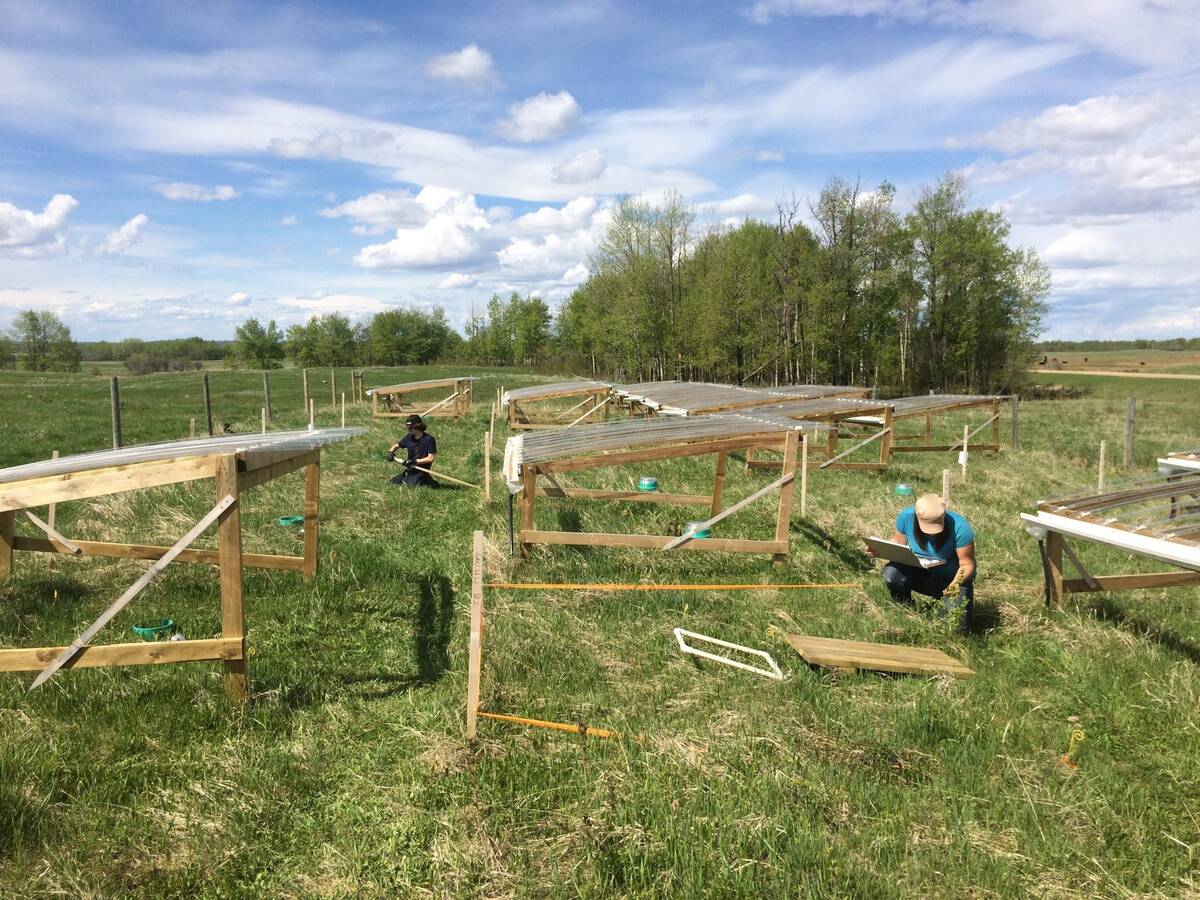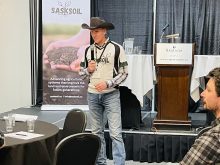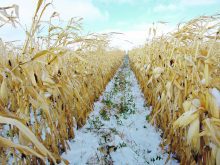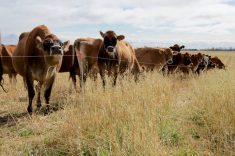Glacier FarmMedia – Drought has been the unwelcome guest that just keeps popping up on the Prairies over the last decade.
In the cattle sector, recurring drought saw herds sold off and spurred aid programs over several years as pasture and forage supplies continued to flag.
However, research out of the University of Alberta has some insights on how grassland might be managed to be more resilient, and which practices make drought damage worse.
Read Also
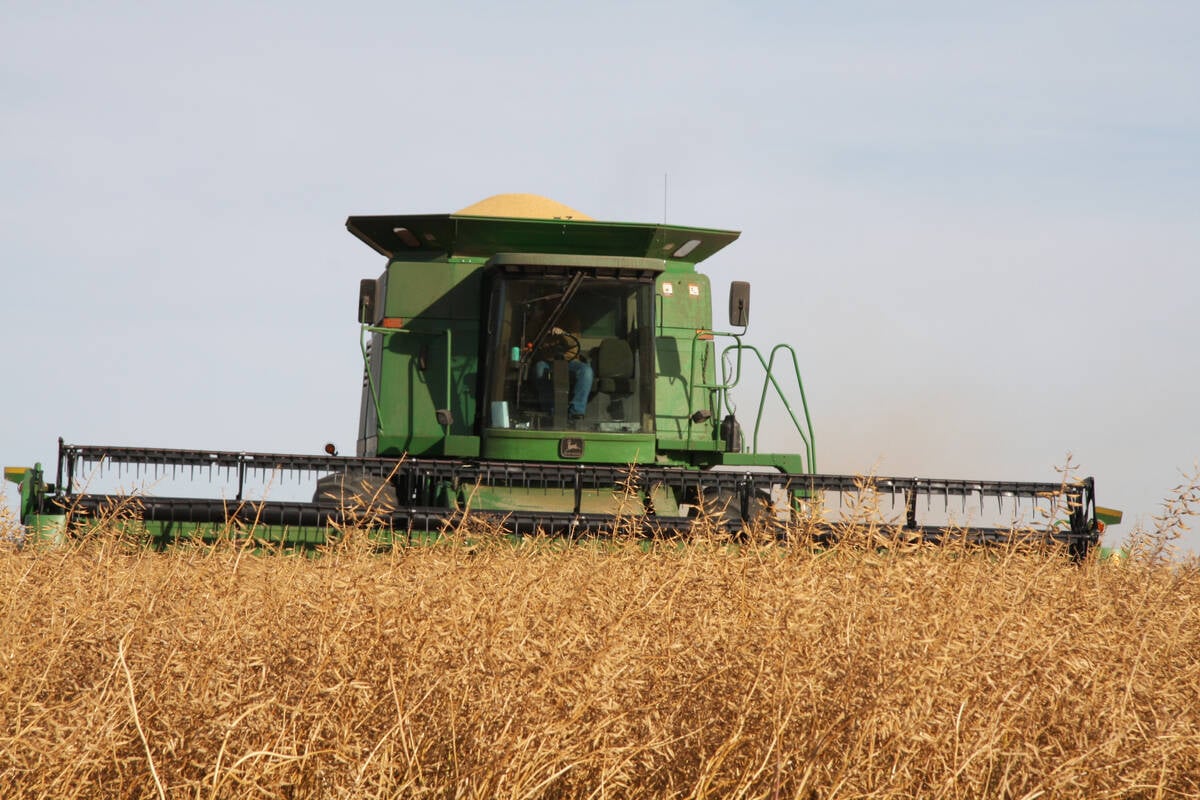
Mustard processor expands in southern Alberta
$30 million expansion for southern Alberta mustard facility adds milling capacity to largest supplier in the world of value-added milled mustard products
“I think the take home message is that we really want to be thinking about what’s below ground to our plants in these systems,” said Cameron Carlyle, associate professor of rangeland ecology in the university’s agriculture faculty.
Part of the project, which wrapped in 2019, wanted to determine whether a strong root biomass helped pasture plants weather drought.
“Roots are important for the uptake of water by a plant and other important nutrients for plant growth,” Carlyle said.
Researchers used rainout shelters to mimic drought in seven native grassland locations in Alberta. The shelters are similar to lean-tos, measuring about tw0-metres by two-metres and fitted with clear slats to allow sunlight, but which collect rain and divert it away from the plots. The project cut the year’s moisture hitting the plants by about half.
After that, they started simulating grazing patterns. There were no cows on the plot. Instead, researchers were the ones cutting plants.
“We implemented some different defoliations to try and simulate different grazing systems and different grazing intensities,” Carlyle said.
Plot treatments included some plants cut early in the season, some cut late and some cut at both times.
“We also varied the amount of plant that we cut down, so we had a heavy defoliation and then a lighter defoliation or no defoliation,” said Carlyle.
The researchers then looked at how different management impacted that root biomass under drought conditions.
The seven sites ranged from mixed grass prairie in southern Alberta to the more northern Parkland regions.
Drought reduced the root biomass in every location, but the biggest decline was caused by the heaviest defoliation, whether that cutting happened early or late in the season.
That doesn’t mean defoliation timing didn’t matter across all treatments; it was quite the opposite.
In general, defoliation early in the season reduced the size of the pasture plants. If plants were defoliated later in the season, they also tended to have more roots, the study found.
“That’s well understood for most of our native grasslands, that they are sensitive to early season defoliation,” he said.

The study also noted root impacts from simulated overgrazing, damage the producer may not even realize they’re doing.
“If grazing was too high, you might not see the effects of it above ground right away,” Carlyle said.
“Because the plant must photosynthesize, it’s going to separate energy to keeping more leaves present above ground. Below ground, you can’t see what’s happening, (but) that’s when the roots are being depleted.”
Northen sites showed more impact from drought simulation. Growing conditions in the southern part of the province tend to be naturally drier, simulation or no simulation.
Carlyle said the experiment solidifies some basic grazing advice.
Native plants can tolerate significant drought, but they can’t tolerate heavy grazing under drought, especially if they are grazed early in spring.
“I think a lot of this work has shown that following the guidelines that are already out there about deferring grazing, especially on native grasslands, until later in the year is going to be beneficial for the vigour of plants,” he said.




